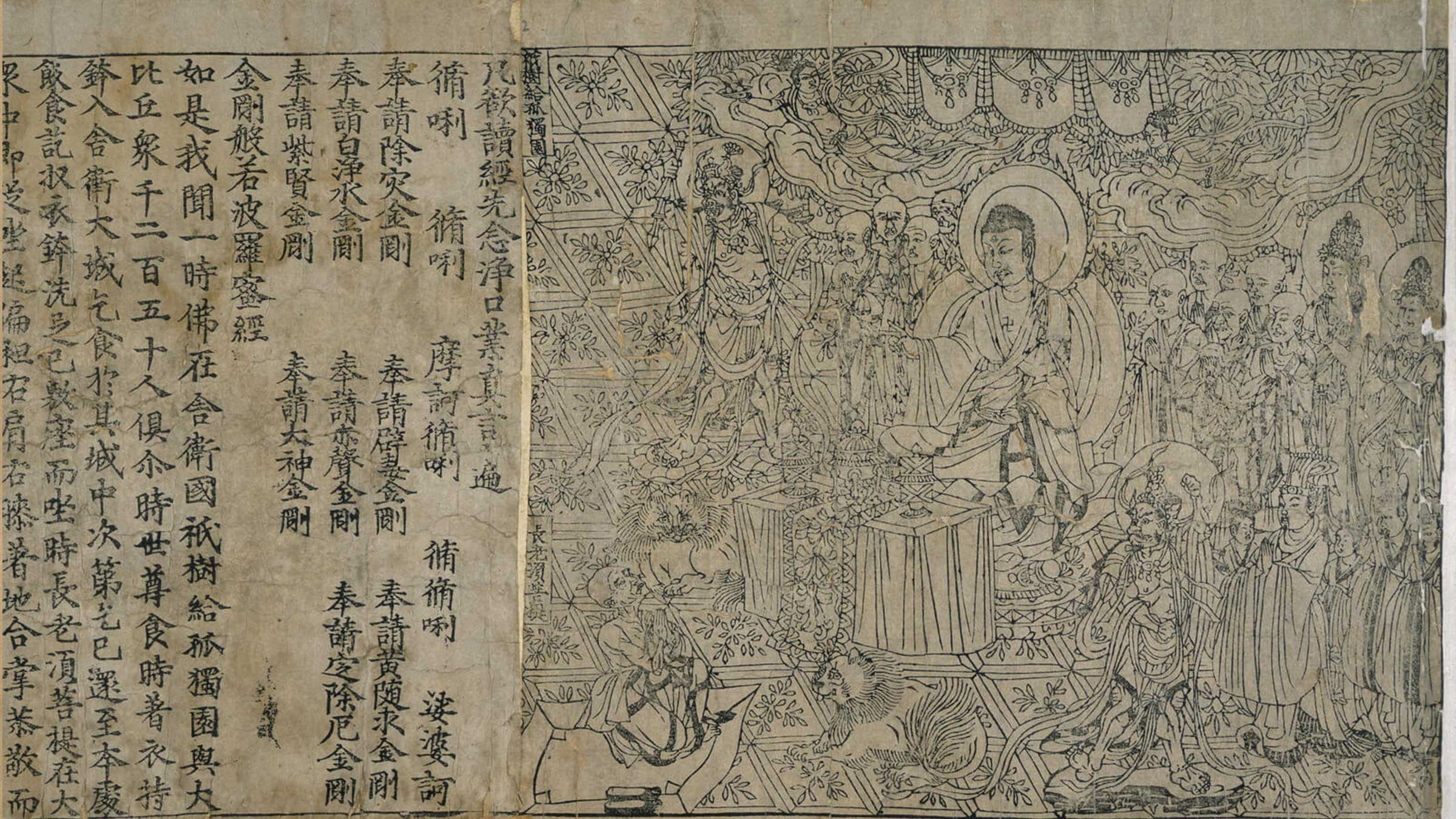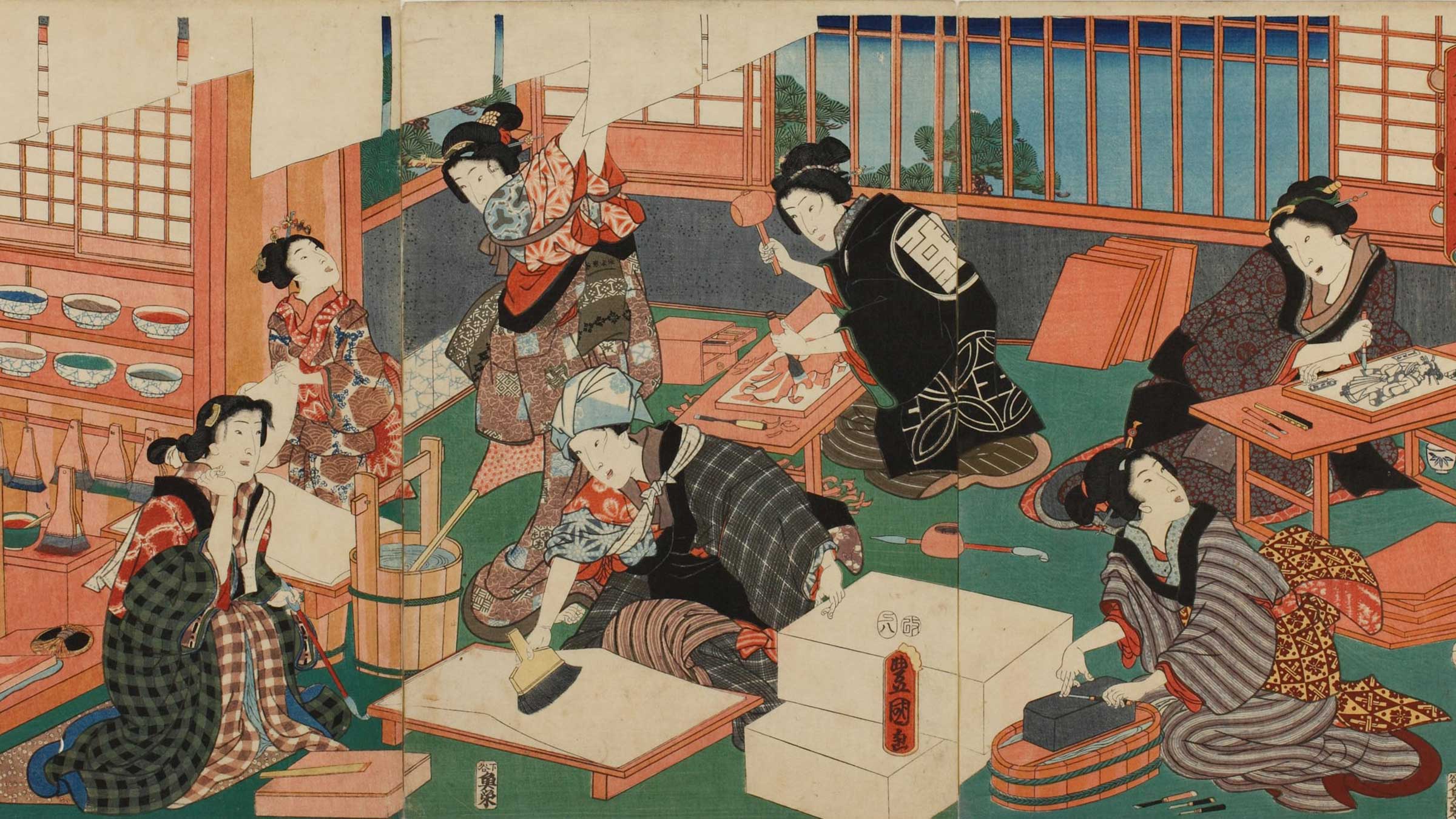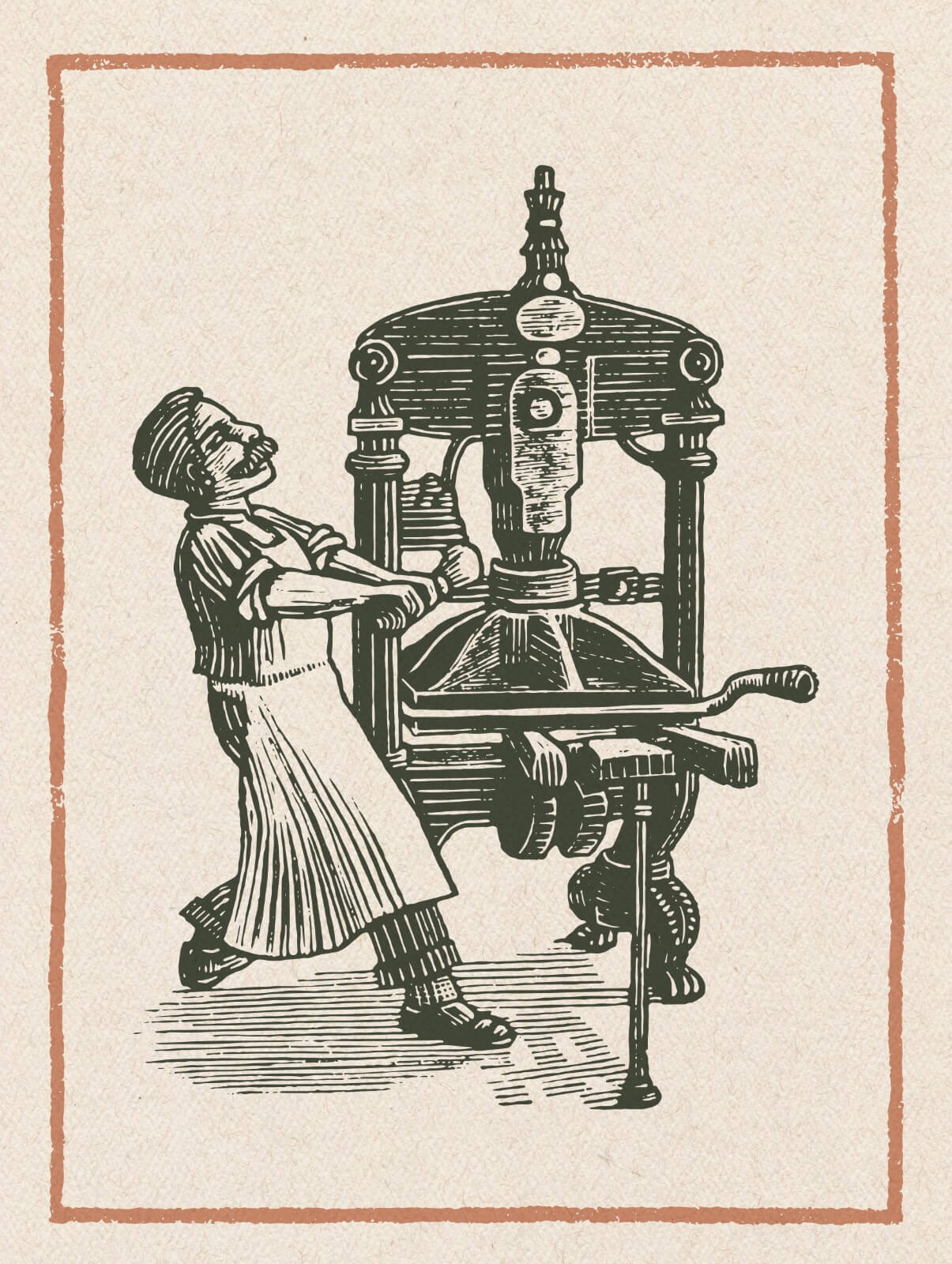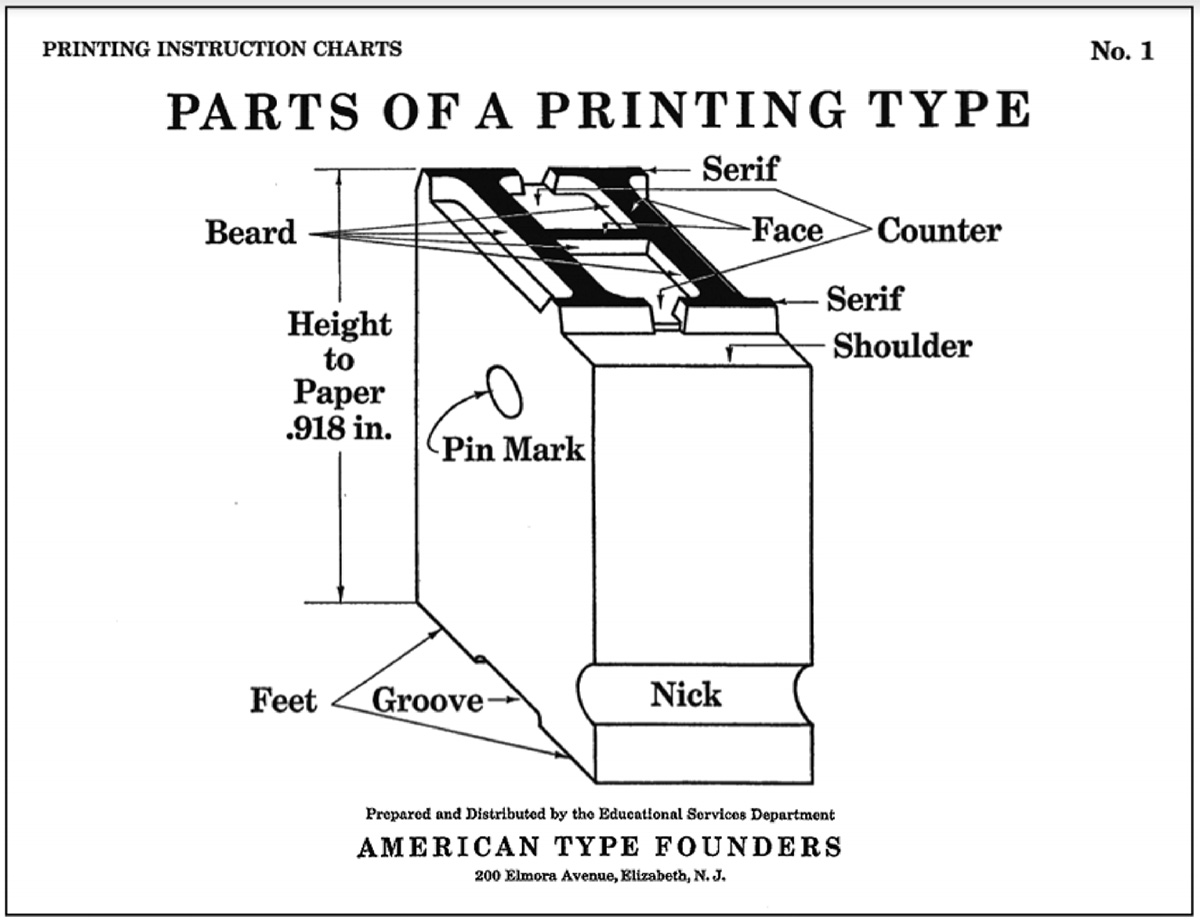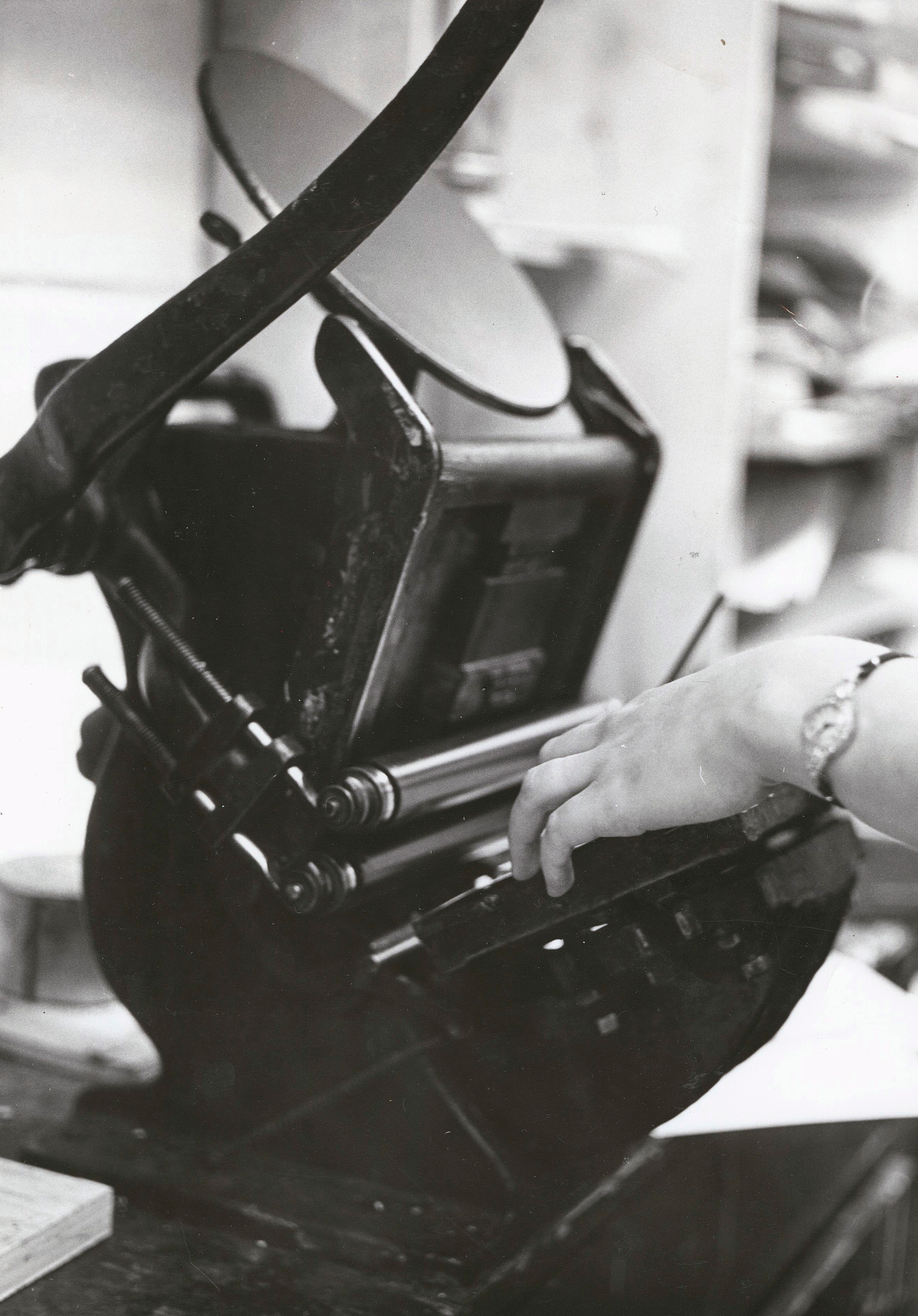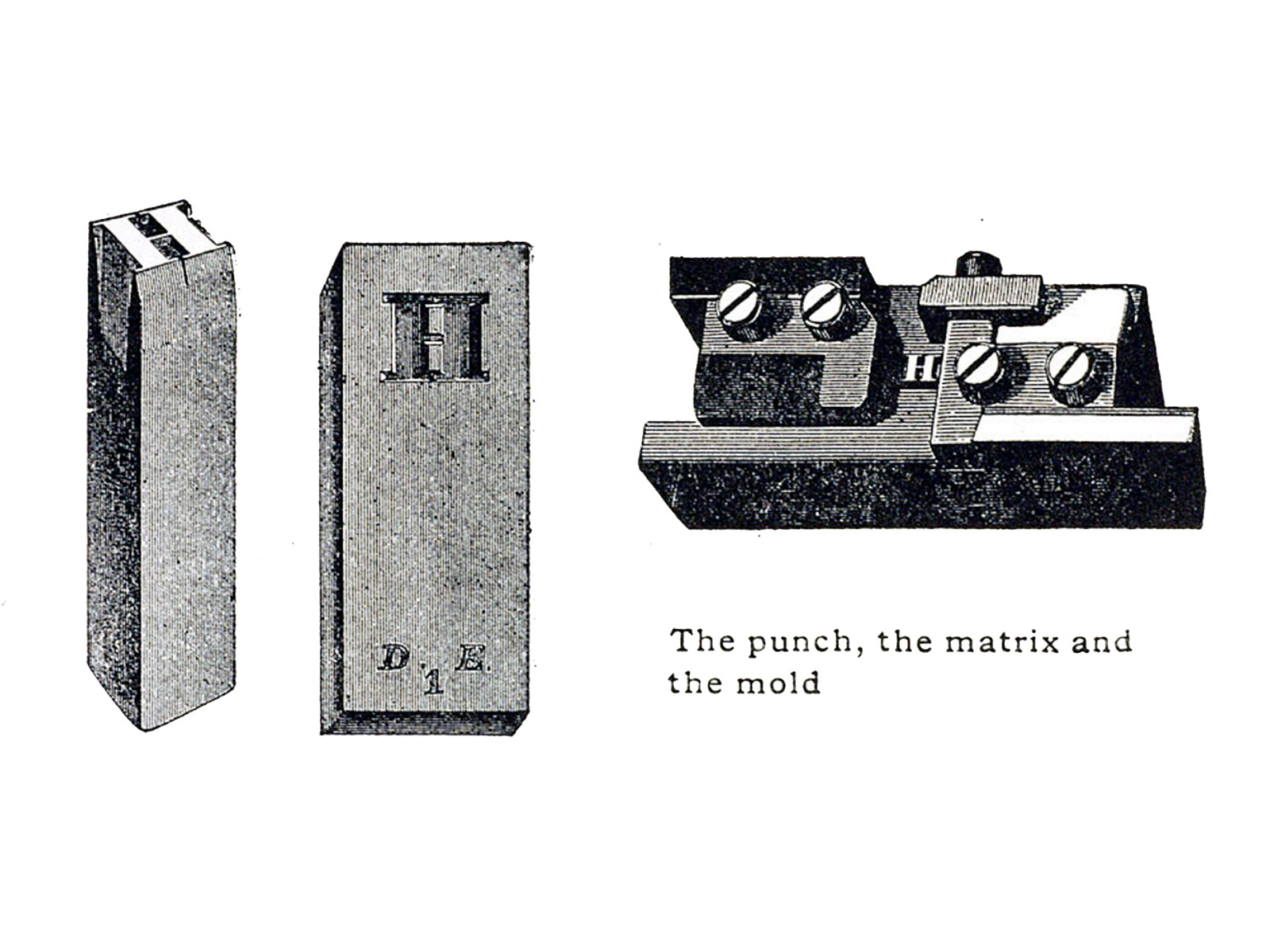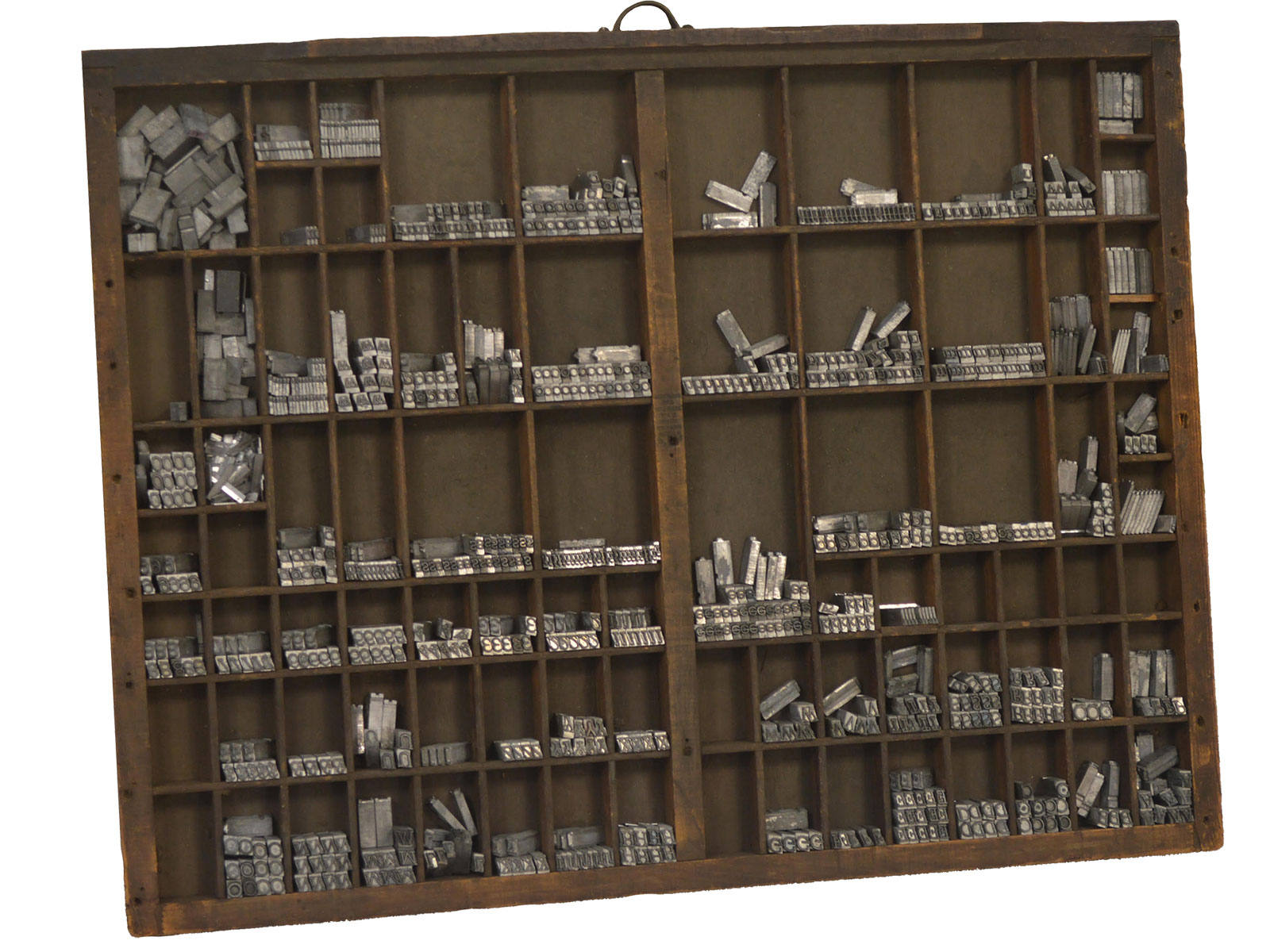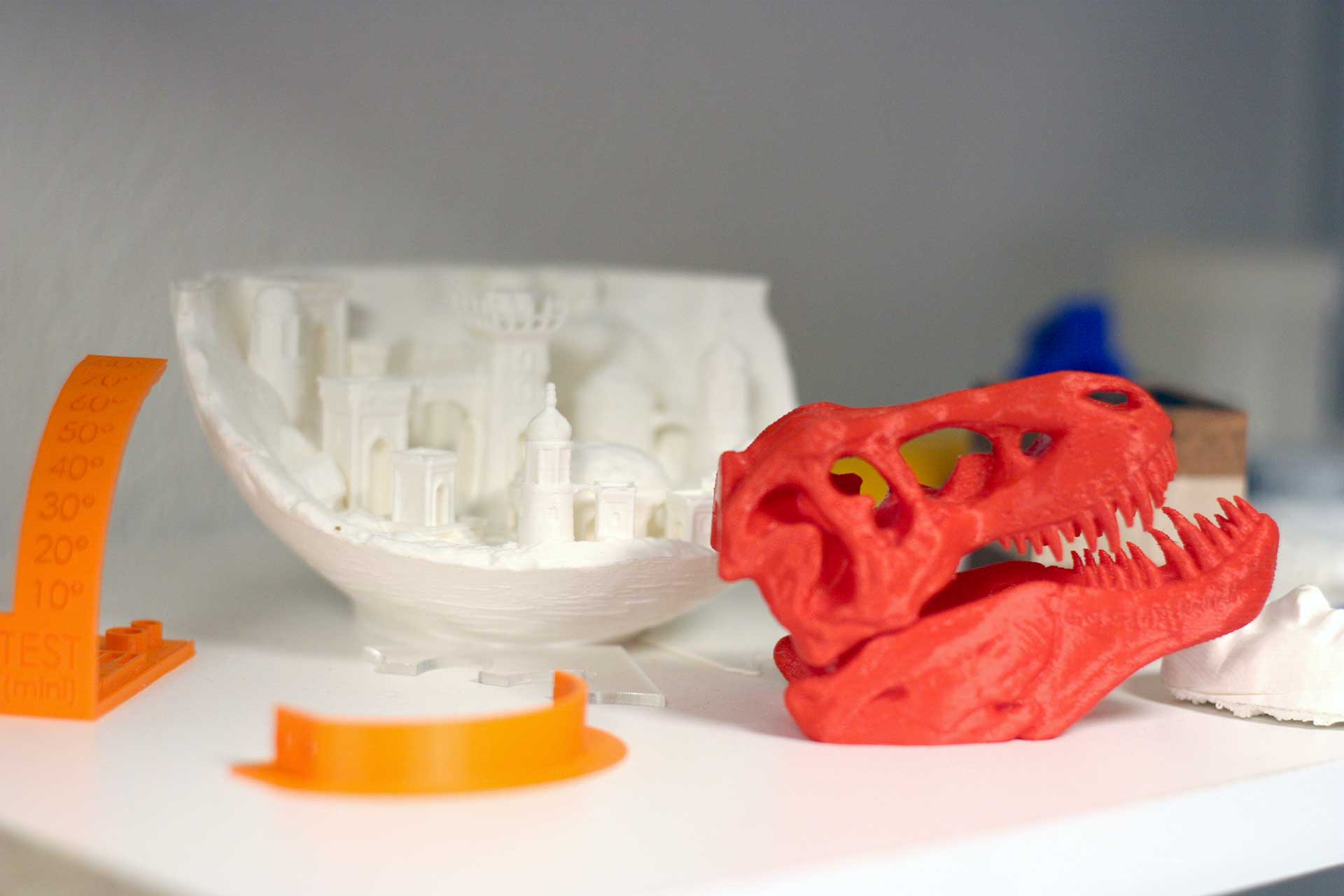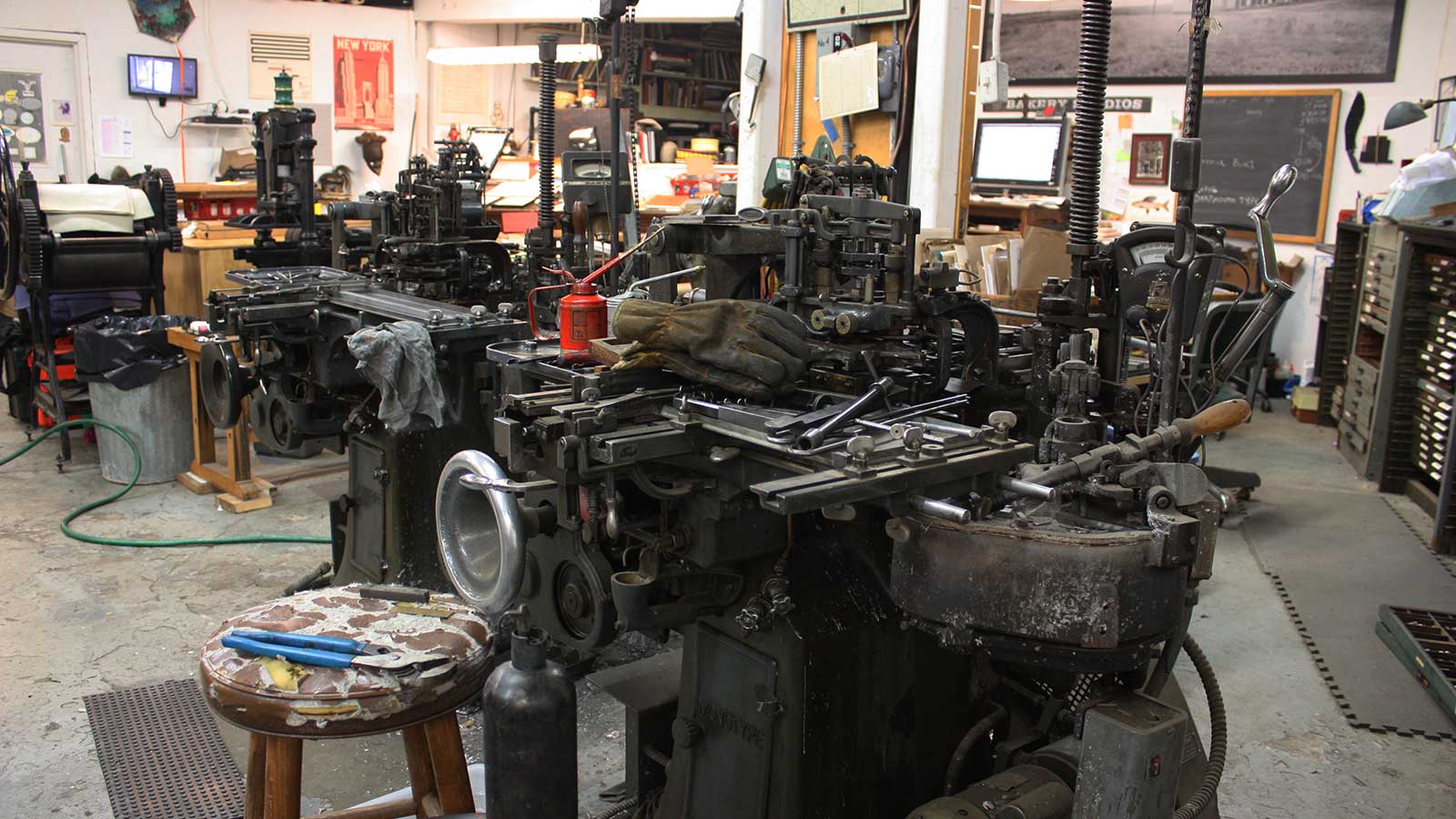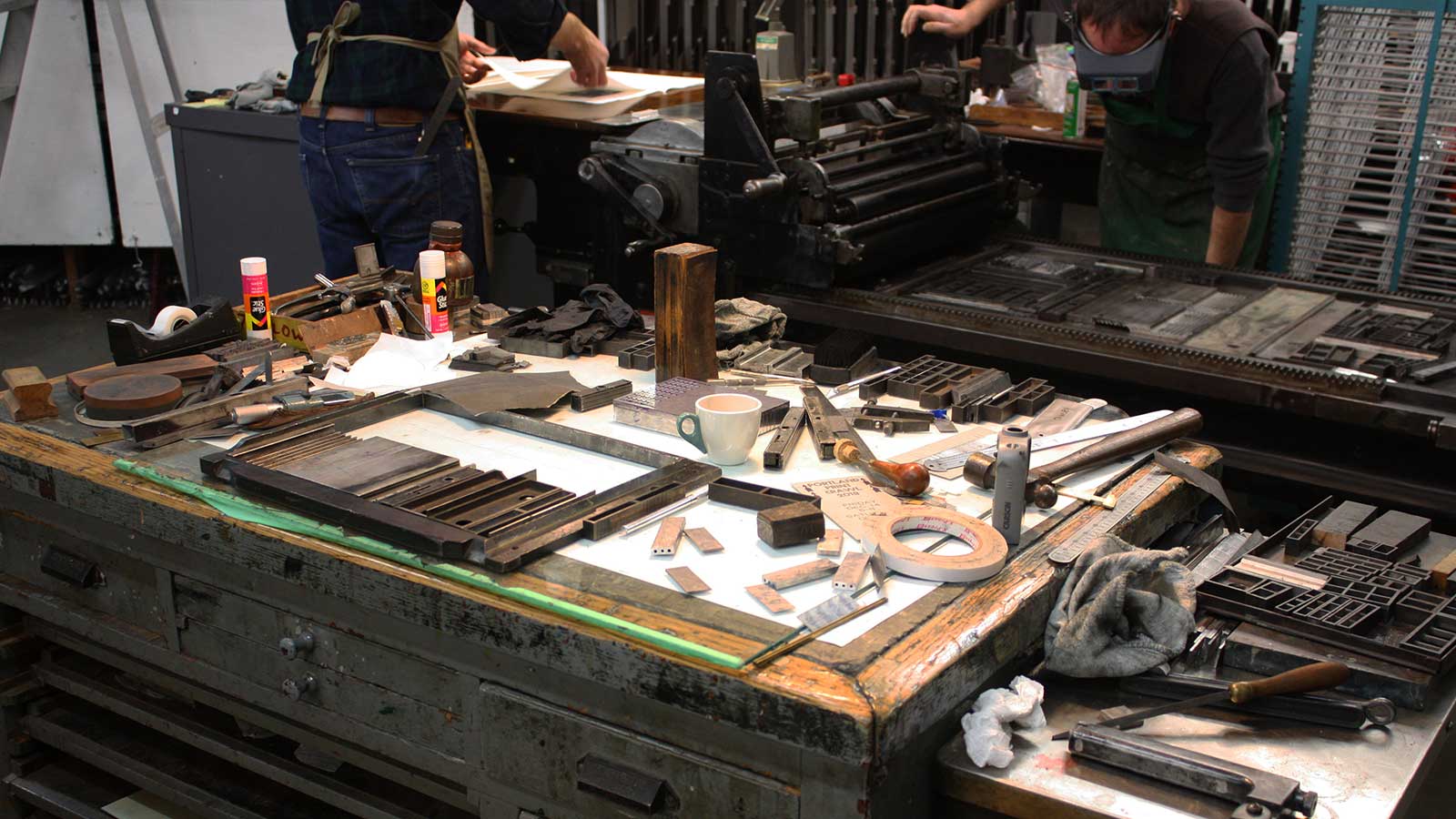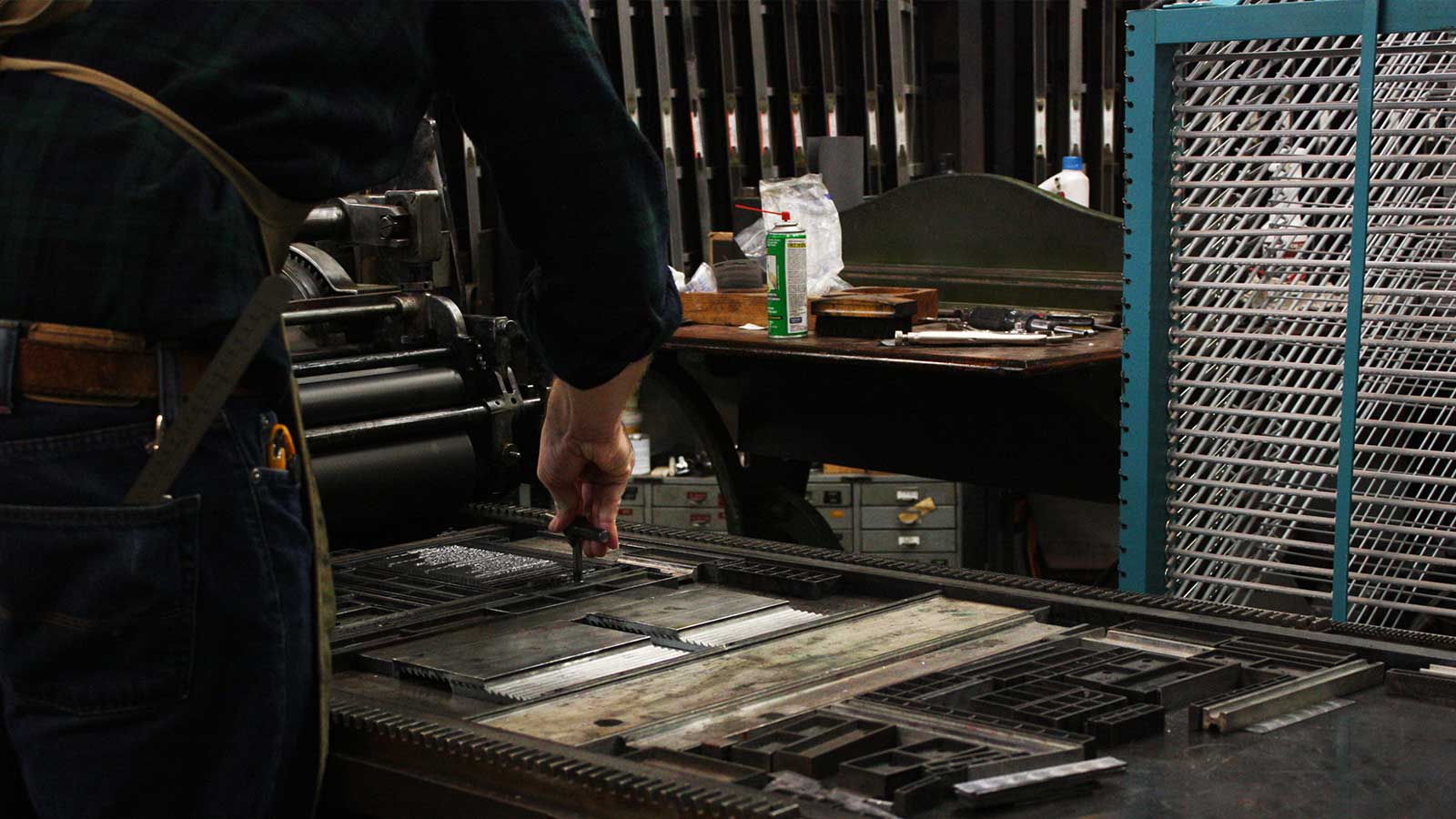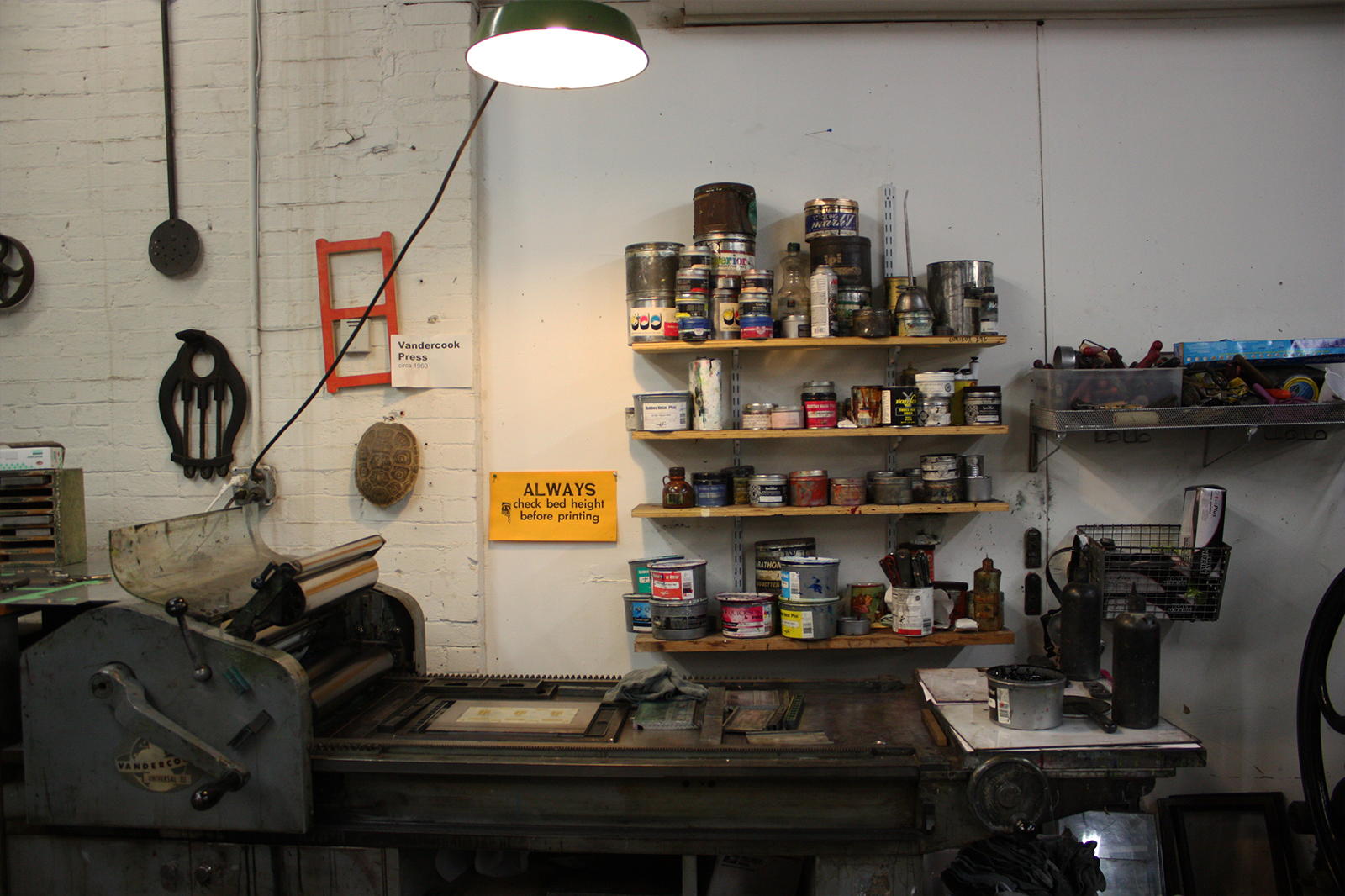INTRODUCTION
The ability to reproduce texts and images has been fundamental in the progression of humankind. The history of print is often told through a Western lens- beginning with the "invention" of printing in Europe by Gutenberg in the mid fifteenth century. In truth, people have been developing new forms of printing to better circulate information locally and globally for millennia.
Historians have determined that various forms of printing have been utilized by mankind as early as 3500BC. The first known mode of printing was in ancient Babylonia. The Babylonians created a system where clay cylinders with engraved cuneiform etchings were rolled onto wet clay. The etchings left an imprint of the symbols on the clay once it hardened.
In the eras since, people across the globe have toiled away developing new technologies and procedures that have exponentially increased the ability to duplicate texts. Some of the most significant breakthroughs occurred in the Far East, thousands of years after the time of the Babylonians.



